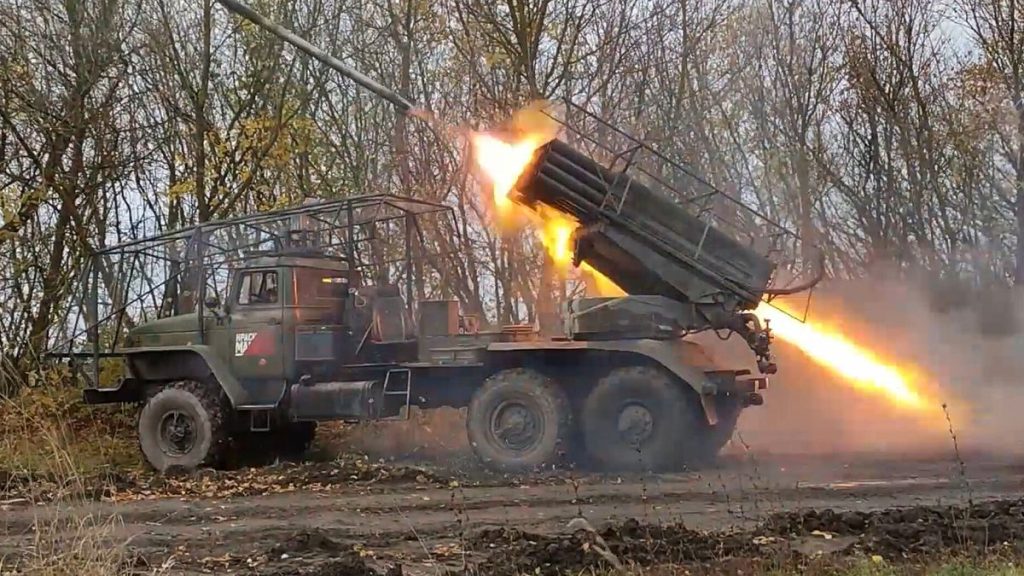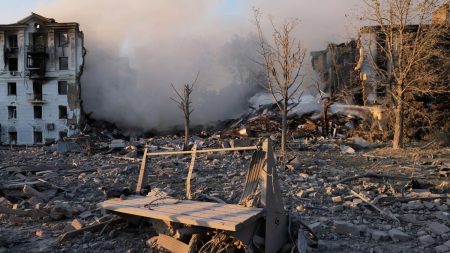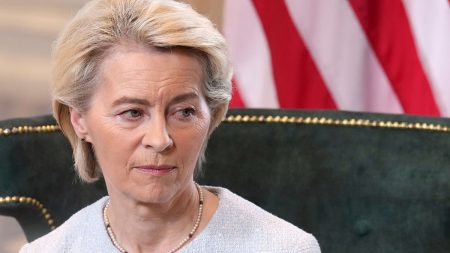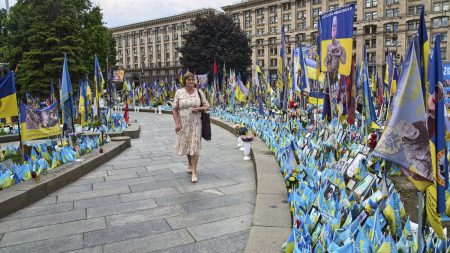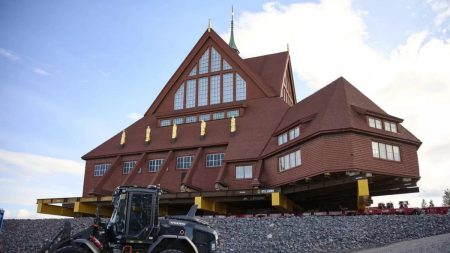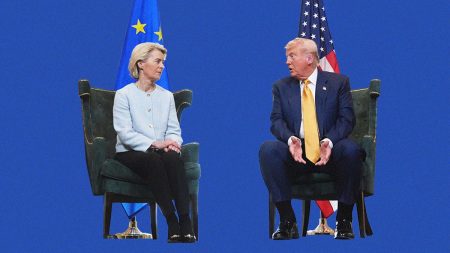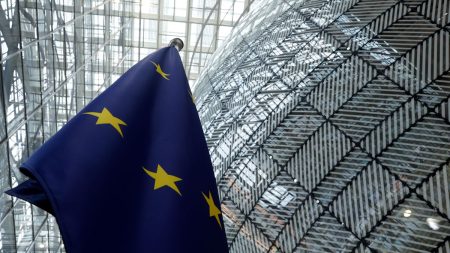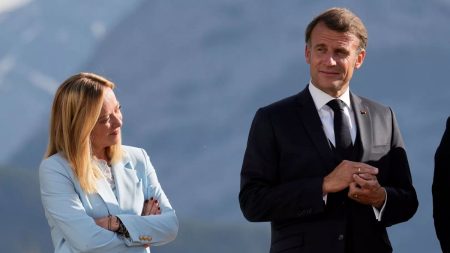The involvement of North Korean troops in the ongoing Russia-Ukraine conflict has added another layer of complexity to the already intricate geopolitical landscape. A senior US military official confirmed that several hundred North Korean soldiers have been casualties of the war, highlighting the high risk these relatively inexperienced troops face on the battlefield. This revelation underscores the lengths to which both Russia and North Korea are willing to go to achieve their respective objectives in this protracted conflict. For Russia, it’s bolstering their depleted forces, while for North Korea, it’s securing vital resources like oil and potentially strengthening their military ties with Moscow.
The deployment of North Korean troops, estimated at around 10,000, is concentrated in the Kursk region of Russia. This area became a focal point after a successful Ukrainian counter-offensive in August reclaimed a significant portion of Russian-held territory. The North Korean soldiers, primarily serving in infantry roles alongside Russian units, are engaged in efforts to recapture the lost ground. While Moscow has managed to regain approximately 20% of the territory lost during the Ukrainian offensive, the ongoing presence of North Korean troops signifies the challenges Russia faces in maintaining its military operations and the Kremlin’s willingness to rely on foreign support.
The confirmed participation of North Korean soldiers in the conflict has drawn international attention and criticism. Ukrainian President Volodymyr Zelenskyy released footage purportedly showing North Korean troops in action, condemning their involvement and lamenting the unnecessary loss of life. While the exact number of North Korean casualties remains undisclosed, US officials have indicated a significant number due to the troops’ lack of combat experience. This raises concerns about the human cost of the conflict and the potential for further escalation, especially if North Korea decides to deploy additional troops.
The Russia-Ukraine conflict continues to exact a heavy toll on both sides. US estimates suggest that Russia is suffering daily losses of around 1,200 soldiers, either killed or injured, underscoring the intensity of the fighting. Ukraine, too, is experiencing substantial casualties, with President Zelenskyy acknowledging significant losses among Ukrainian forces. These figures highlight the devastating impact of the war and the urgent need for a resolution to prevent further suffering.
The evolving political landscape in the United States further complicates the situation. With the impending second term of President Donald Trump, uncertainty surrounds the future of US support for Ukraine. Trump’s campaign promises included ending the conflict, but without a concrete plan, the implications for Ukraine remain unclear. The possibility of a shift in US policy, including the potential withholding of promised military aid, adds another layer of uncertainty to an already volatile situation. This uncertainty raises questions about the trajectory of the conflict and the potential consequences for Ukraine’s defense capabilities.
The involvement of North Korean troops in the Russia-Ukraine war creates a complex interplay of interests and risks. Russia’s reliance on North Korean soldiers highlights its manpower challenges, while North Korea seeks to benefit from this alliance through much-needed resources. The human cost of the conflict, particularly for the less experienced North Korean troops, is a significant concern. The evolving political landscape in the US adds another layer of uncertainty, with potential implications for the future of military aid to Ukraine. The ongoing conflict underscores the intricate web of global politics and the devastating consequences of war, emphasizing the need for a peaceful resolution.




